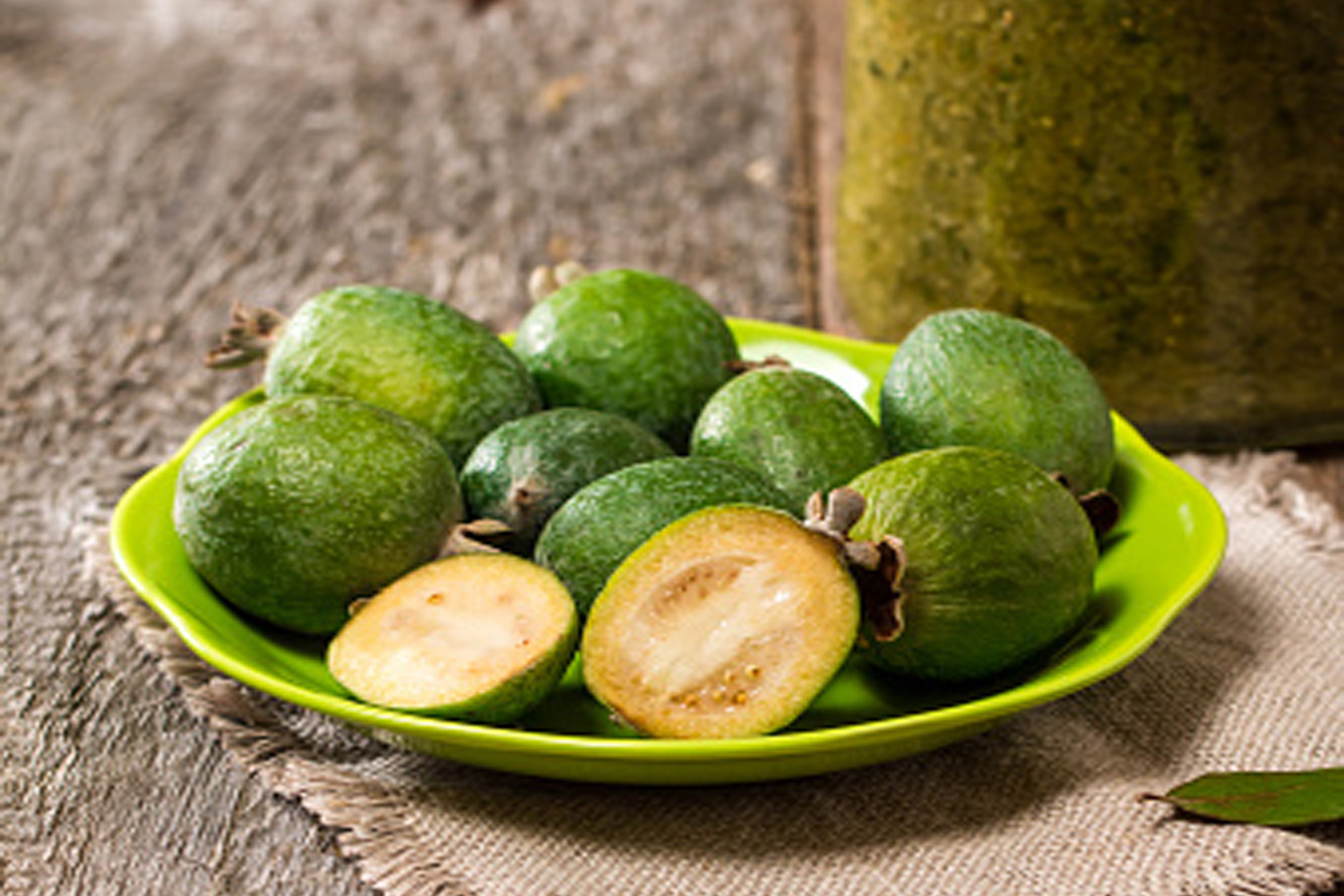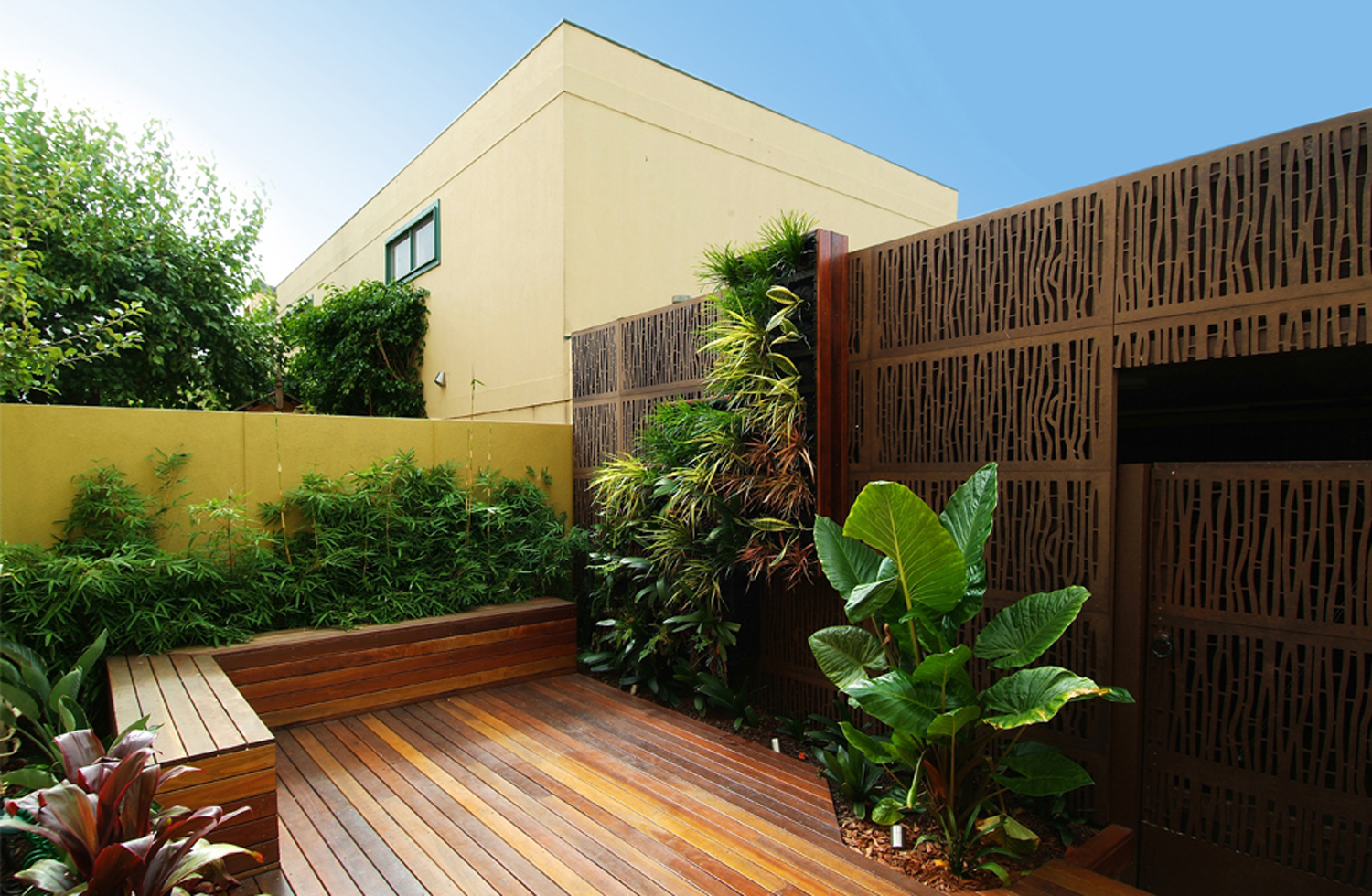One man attempts to undo a century of abuse and low rainfall to rehabilitate what was once a rainforest, using nature-centric techniques
Graham Sutherland has a passion for growing things and creating ecosystems. This is not an easy task in Wilkesdale in Queensland’s South Burnett region, which has been devastated by cattle grazing and other farming practices, resulting in constant drought pressure for the past few decades, together with intermittent flooding.
This summer has been especially dry and hot, with temperatures reaching well into the 40s. Graham’s 40 acres are dominated by a handful of drought-, frost- and fire-tolerant species, but he’s determined to rehabilitate the land and restore it to what it once was: a rainforest that covered the entire region. Despite the difficult conditions, he has a few neat tricks tucked in his hat and he’s very enthusiastic to share them.
“The issues I face in trying to grow fruit and rainforest trees are mainly drought, fire, frost, poor soil condition and hungry wildlife,” explains Graham. “My goal is to change this fire-tolerant landscape by preventing fire from encroaching on the land. Fire prevents the buildup of biodiversity and kills most life in its path. I’ve joined the local fire brigade and will be implementing firebreaks around the land, while encouraging moisture to stay in the landscape.”
To that end, Graham has created a leaky weir in the lower ground on his property. Weirs are permeable dams that hold water to some extent while allowing it to seep slowly through and rehydrate the landscape. They also slow and retain floodwater, reducing erosion and preventing sediments and debris from being carried down into waterways.
“I’ve built up a leaky dam wall through the water path with organic matter and soil, using shadecloth to stabilise it and allowing roots to tie it all up,” he explains. “It held water on the property for six months after the 2013 floods.
“I also have a number of weepy weirs, each leaking into the one below it. I intend building many more weirs and hope to retain water in the expanded system for two years.”
Plant diversity
Graham has a diverse nursery. He raises trees from tube stock until they’re hardy enough to survive the frost and drought. Planting them during a time when soil moisture is available, he says, “I dig a very big hole and mix in some organic matter and minerals. I got my soil tested and have an organic prescription blend specific for my soil. I can mix in composted cow poo and my own composted humanure with charcoal. Fruit and nut trees need more than natives do.”
He gives the trees a good initial watering and mulches them heavily with Duboisia chip. Duboisia is a corkwood cash crop endemic to the region, cultivated for its alkaloid properties and used in pharmaceutical applications.
“The idea is to not have to water the trees but allow them to survive on their own,” says Graham. “Watering the young trees would only encourage a vigorous invasion by the surrounding eucalypt roots, which love sucking out any moisture from the soil, so I’ve cut their roots along the fence for a temporary hold-off until the trees are more established.”
He temporarily protected the trees from wallabies with individual guards and a fence around the planted area. Graham is really keen on tagasaste, a leguminous shrub that’s both frost and drought tolerant as well as fast-growing, which he plants among his fruit and rainforest trees. Tagasaste will feed the soil and trees with nitrogen, protect the trees from frost and provide fodder for the resident wallabies. Graham placed three gates in the fence to allow wallabies to come through and feed on the tagasaste in winter.
“The gates will minimise stress to the animals,” he says, “as they panic when fenced. Like with the permaculture principles where we use domestic animals as a part of the system, wallabies and other wildlife can be incorporated into our gardens.”
Nature-centric gardening
“We are human-centric in our approach to growing plants,” says Graham. “We want immediate gratification, we want things now, but nature takes its time — it’s not in a hurry. In a forest, a seedling might wait 50 years for an opportunity to grow.
“I collect a bag of fruit from two small wild peach trees on the side of the road and yet a grower 500m down can’t get a crop because of a fruit fly infestation. What is it about those two wild trees that makes them resistant to fruit fly? Perhaps the diversity of plants around them? I tend not to plant a high concentration of the same species in one area to reduce the risk of creating a sink for pests.”
Graham is keen on using legumes as ground cover, climbers and soil feeders. He uses any legume he can get hold of, such as lucerne and burgundy bean. His food forest grows on a terraced landscape originally designated for fertility pits. These are large holes filled with organic matter that act as nutrient and water sinks, slowly feeding the soil downslope. The terraces were created using logs from felled trees, so the plants were grown in a spongy, organic nutrient sink. Graham doesn’t water the food forest but has laid water-collecting plastic above it to trickle water down to the forest.
“It has been estimated that an area of plastic that’s double that of the garden area can funnel twice the amount of water into the garden than if left without plastic. However, the plastic must be good quality, such as pond liner, or it deteriorates pretty quickly in the sun.”
Graham has a wide diversity of around 50 different plants growing in an area roughly 40m x 50m, including both edible and ornamental species: guava, Japanese raisin, brown pine, tagasaste (tree lucerne), mulberry, lemon, Kurrajong, bamboo, Malabar chestnut, golden grevillea, she-oak and sugar cane.
“Since I’ve planted dense shrubbery, small birds such as wrens and finches have just multiplied,” says Graham. The weeds and legumes cover the rest of the soil and he has learnt that “you don’t have to pull out the weeds; just work with them, not against them”.
Experimentation
The frosts can get well below zero here, but Graham’s love for experimentation has seen him trialling many techniques to help his pawpaw trees survive.
“I’ve tried using rocks and all sorts of things as a heat sink, but by far the best way to reduce the cold is to create a greenhouse and install 200L drums filled with water, which heat up during the day and release heat during the cold nights, preventing the plants from freezing.
“I’ve also experimented with materials for creating a greenhouse and have discovered that corflute is the best and least expensive material — much better than conventional greenhouse fabrics, which lose heat overnight.
“Corflute has air spaces in it, is easy to install and is opaque to having low-frequency radiation, being almost as good as glass but much more affordable. With the addition of the water drums, my pawpaws fruit during winter despite the -8°C frosts. I take out a few roof panels in summer to prevent cooking the plants.”
Graham grows dragonfruit along the northern wall of the house to protect them from frosts and covers them with frost cloth during winter. Observations over the past seven years on the property have taught Graham what works and what doesn’t. He has experimented with growing vegetables in wicking beds of all sorts but is now working towards a sustainable orchard and rainforest recovery project. The early signs are promising.
Written by Sandra Tuszynska
Originally in Good Organic Gardening Volume 8 Issue 2























